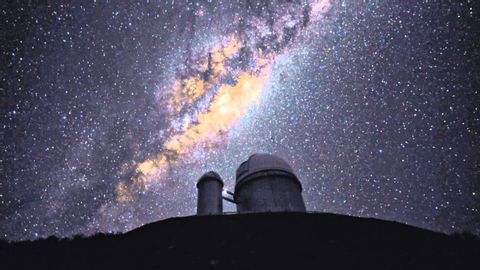
字幕と単語
ESOcast 24: 銀河系外起源の最初の惑星 (ESOcast 24: First planet of extragalactic origin)
00
Wonderful が 2021 年 01 月 14 日 に投稿保存
動画の中の単語
host
US /host/
・
UK /həʊst/
- n. (c./u.)一群;(客をもてなし)主人 : ホスト;寄生虫が住む体;番組司会者
- v.t.〜を主催する;開催する;ホスト、司会者
A2 初級TOEIC
もっと見る エネルギーを使用
すべての単語を解除
発音・解説・フィルター機能を解除
